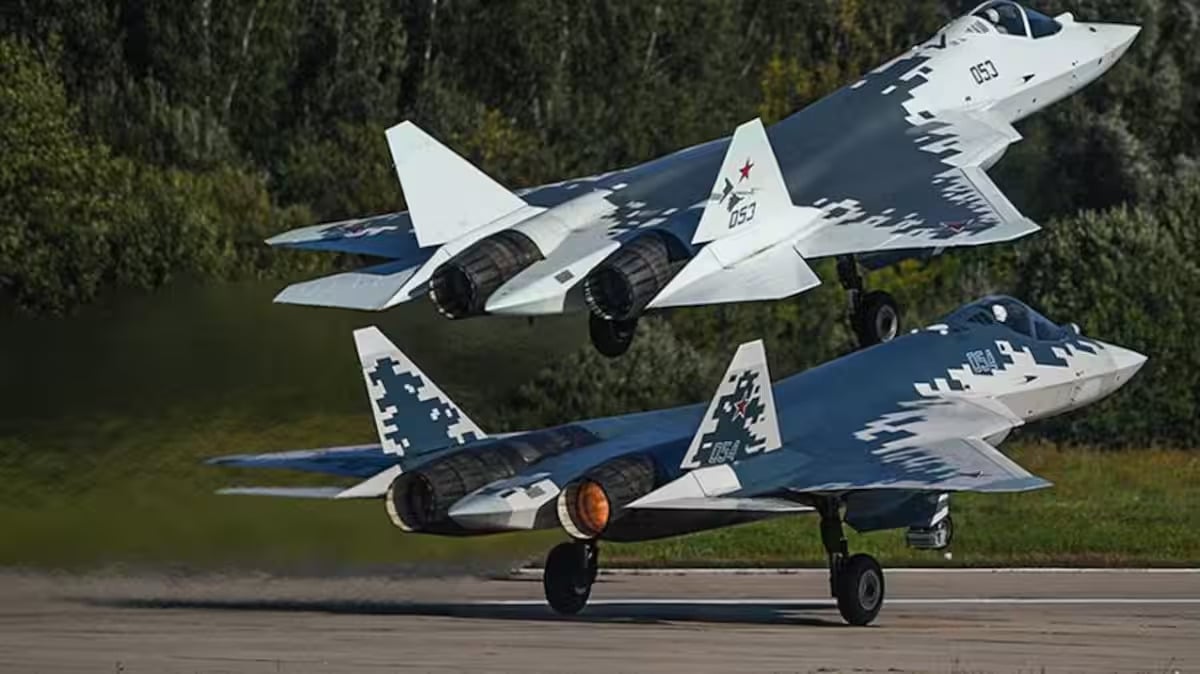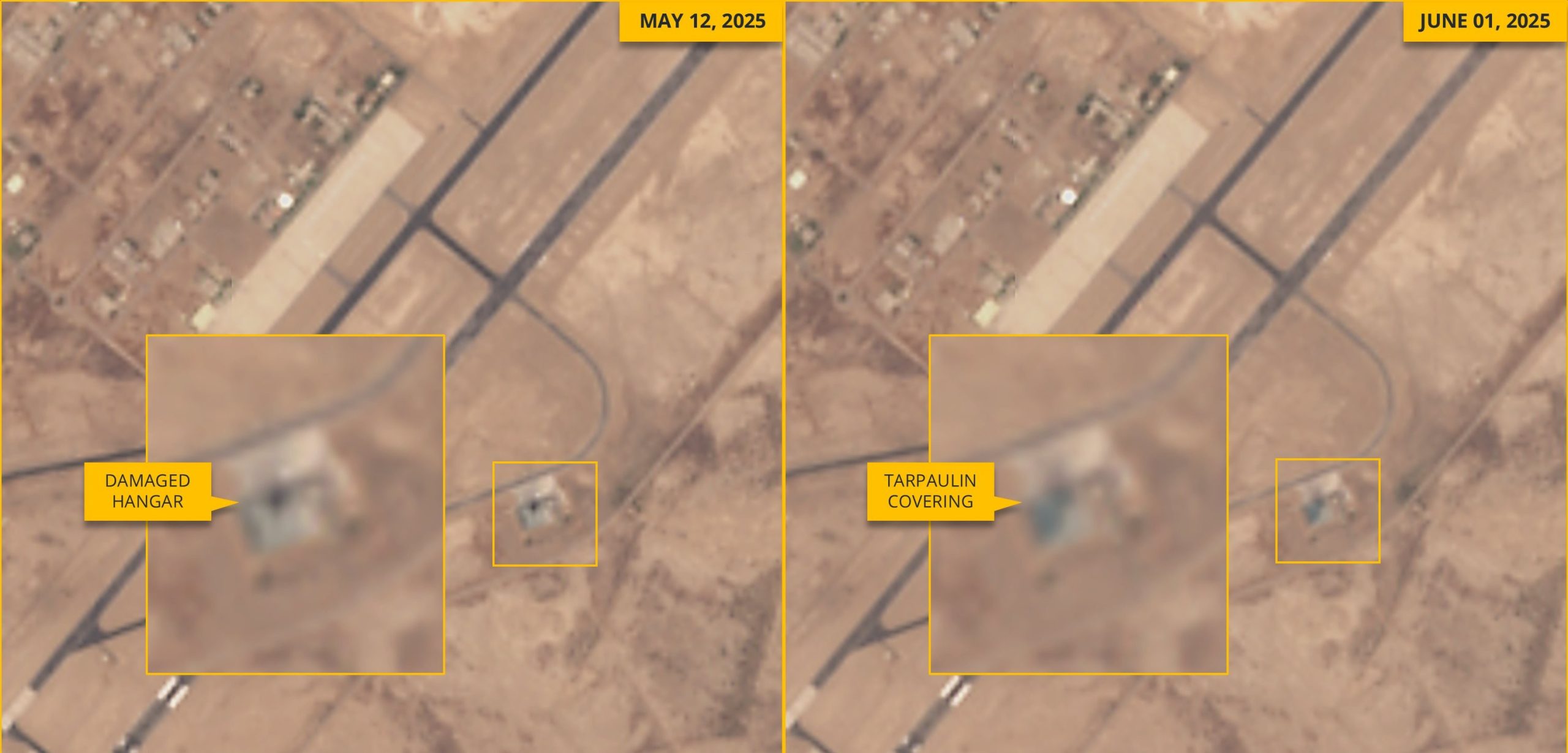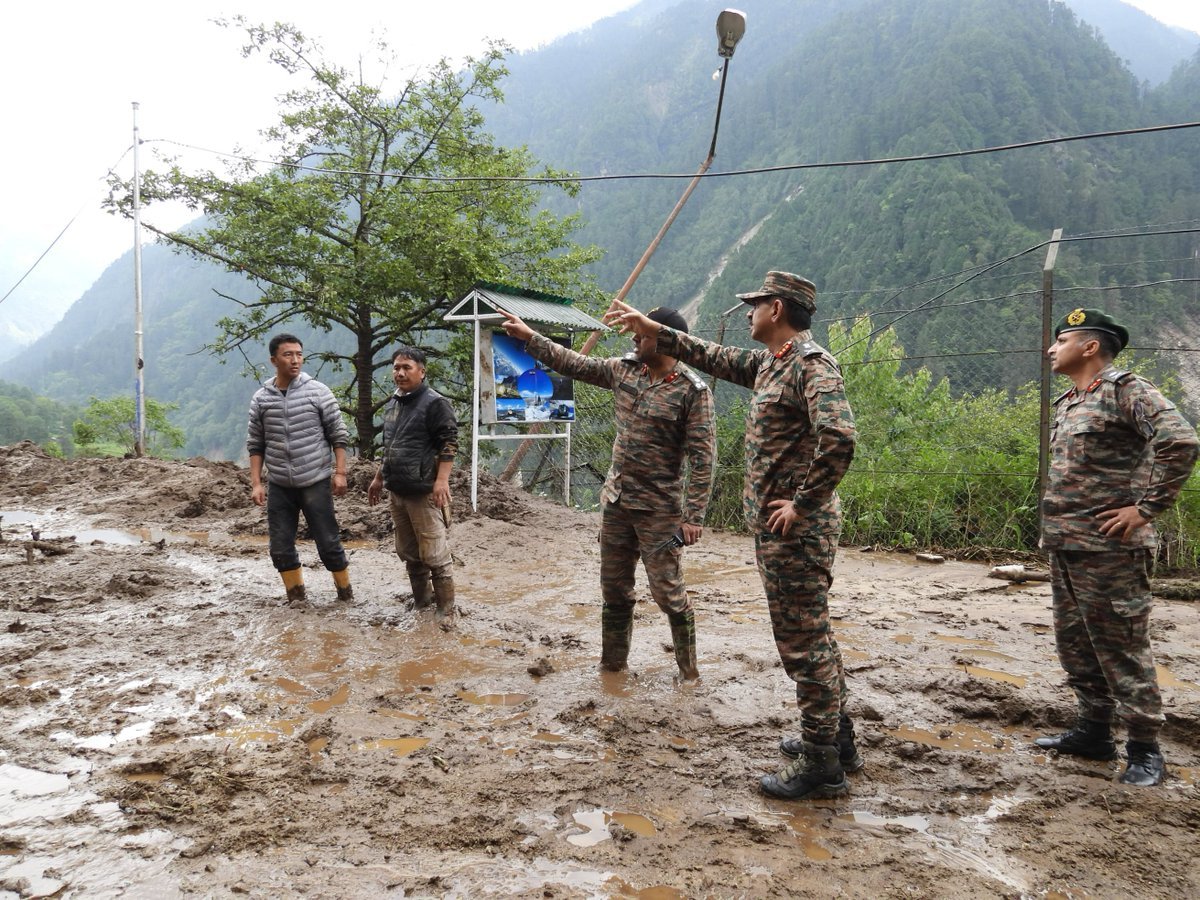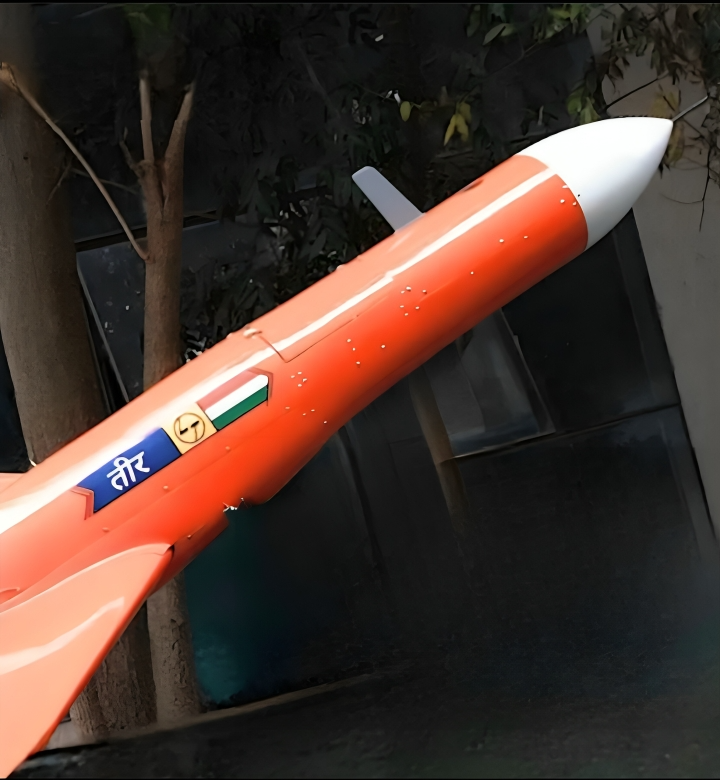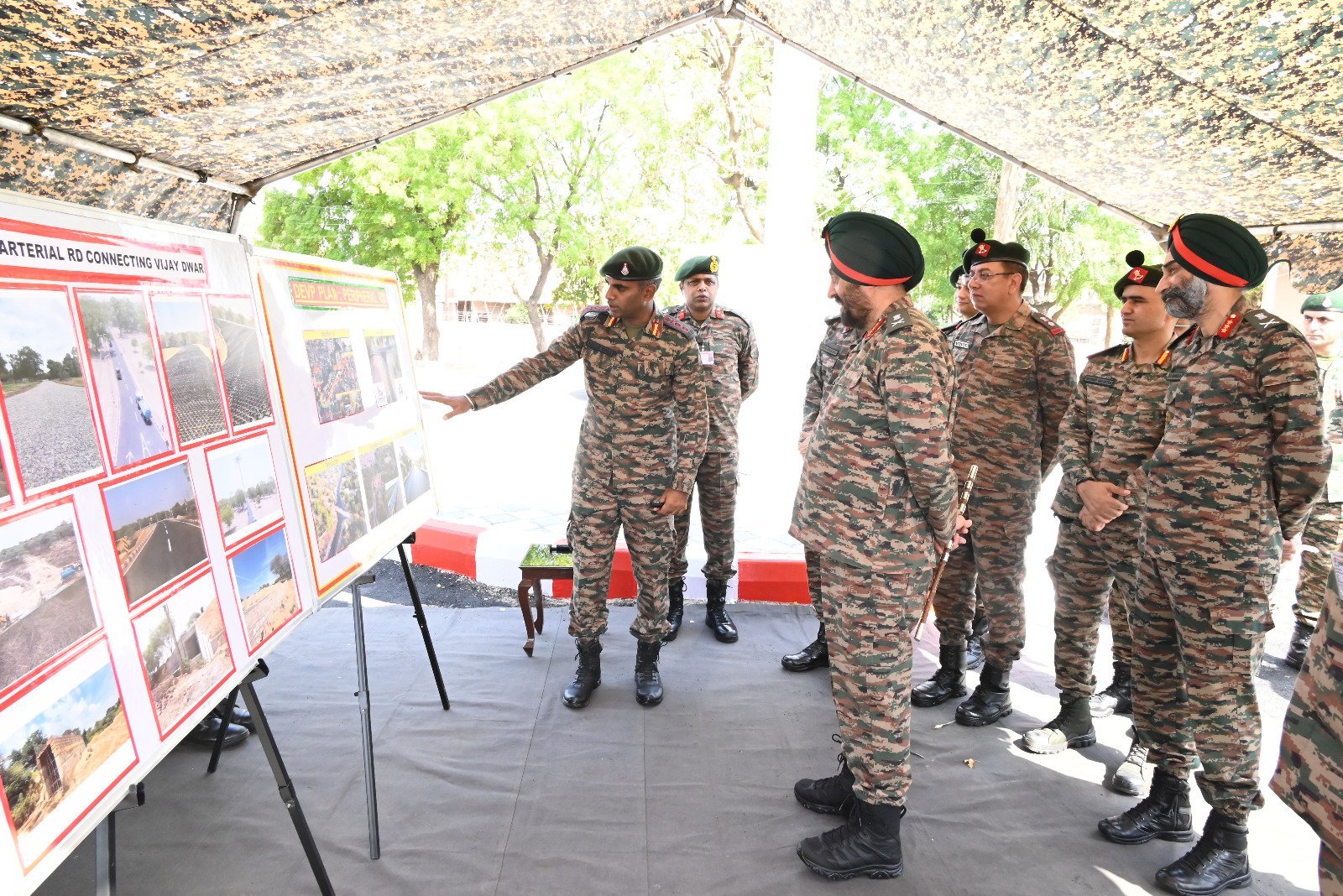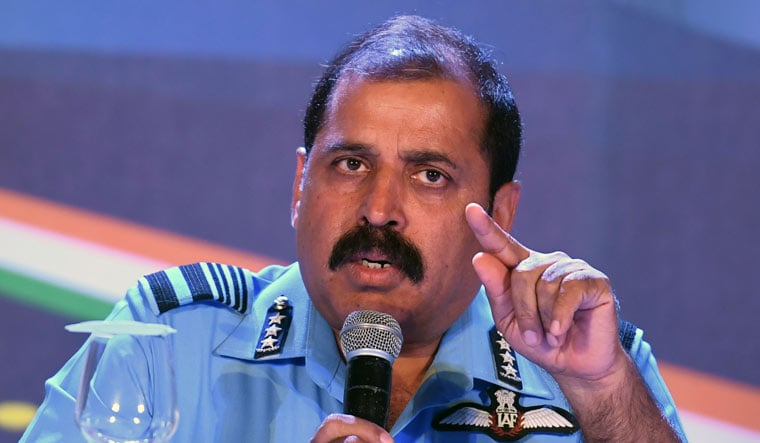Russia Offers Su-57E Stealth Fighters to India with ‘Make-in-India’ Plan and Tech Transfer
In the wake of rising regional tensions following India’s Operation Sindoor, Russia has extended a renewed offer to India for…
Satellite Imagery Reveals Repair Efforts at Pakistan’s Bholari Airbase Following Indian Airstrikes
Recent satellite imagery of Pakistan’s Bholari Airbase reveals ongoing repair efforts at a hangar that suffered significant damage during Indian…
3 Soldiers Dead, 6 Missing After Landslide Hits Army Camp in North Sikkim
A devastating landslide struck an Indian Army camp in Chatten, North Sikkim late Sunday night, killing three soldiers and leaving…
L&T Unveils TEER: A Next-Gen Aerial Target System for India’s Defense Preparedness
Larsen & Toubro (L&T), a leading Indian multinational in engineering and defense technology, has announced the launch of TEER, a…
Jaipur Military Station Unveils Advanced Elevated Road with Sustainable Technology
The Jaipur Military Station marked a new chapter in military infrastructure development as Lieutenant General Manjinder Singh, Army Commander of…
‘Let Pakistan Get J-20s’: Ex-IAF Chief Rules Out Jet Imports, Calls for Focus on AMCA
Former Indian Air Force Chief RKS Bhadauria has firmly rejected the idea of importing fifth-generation fighter jets in response to…

